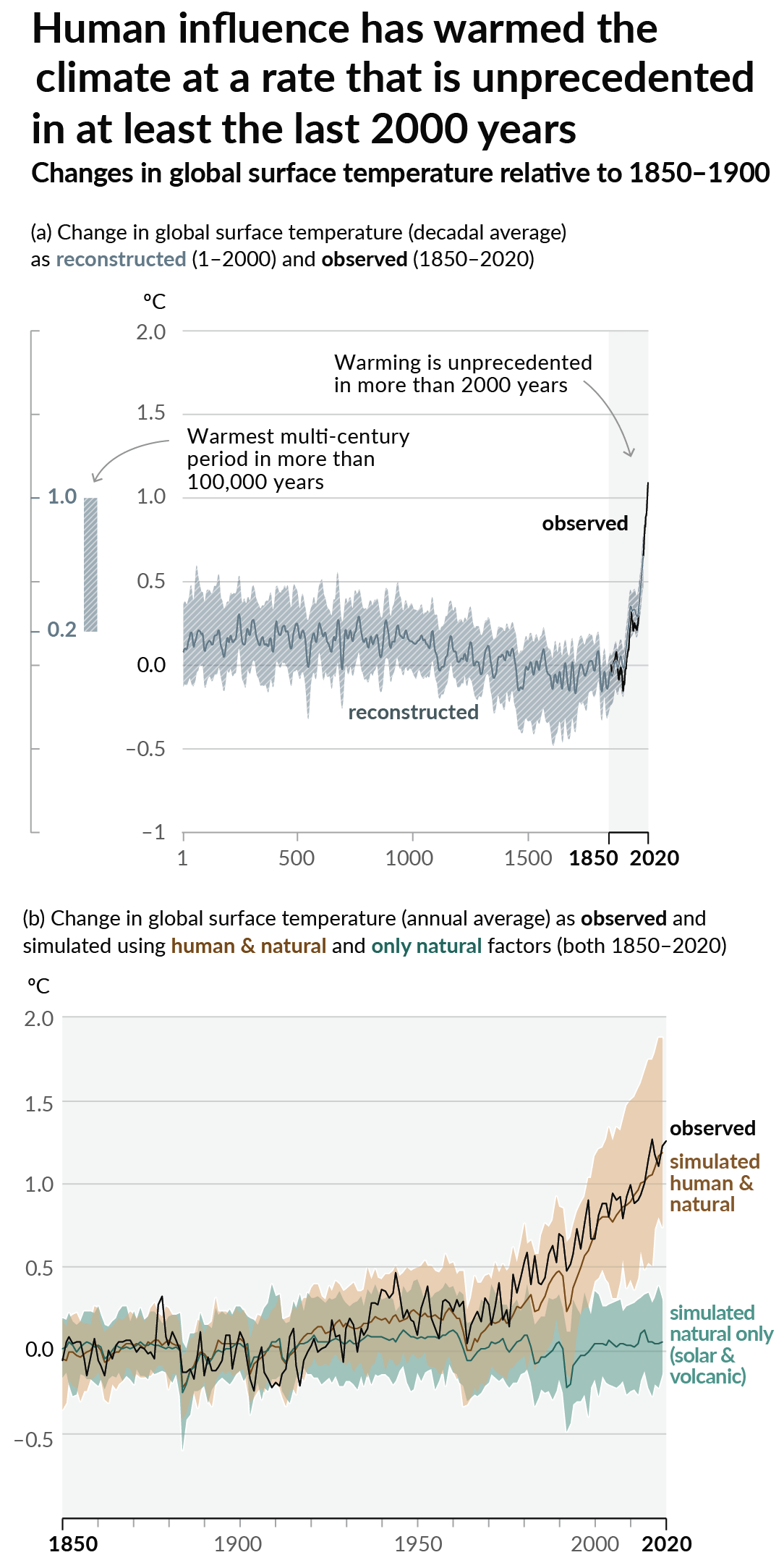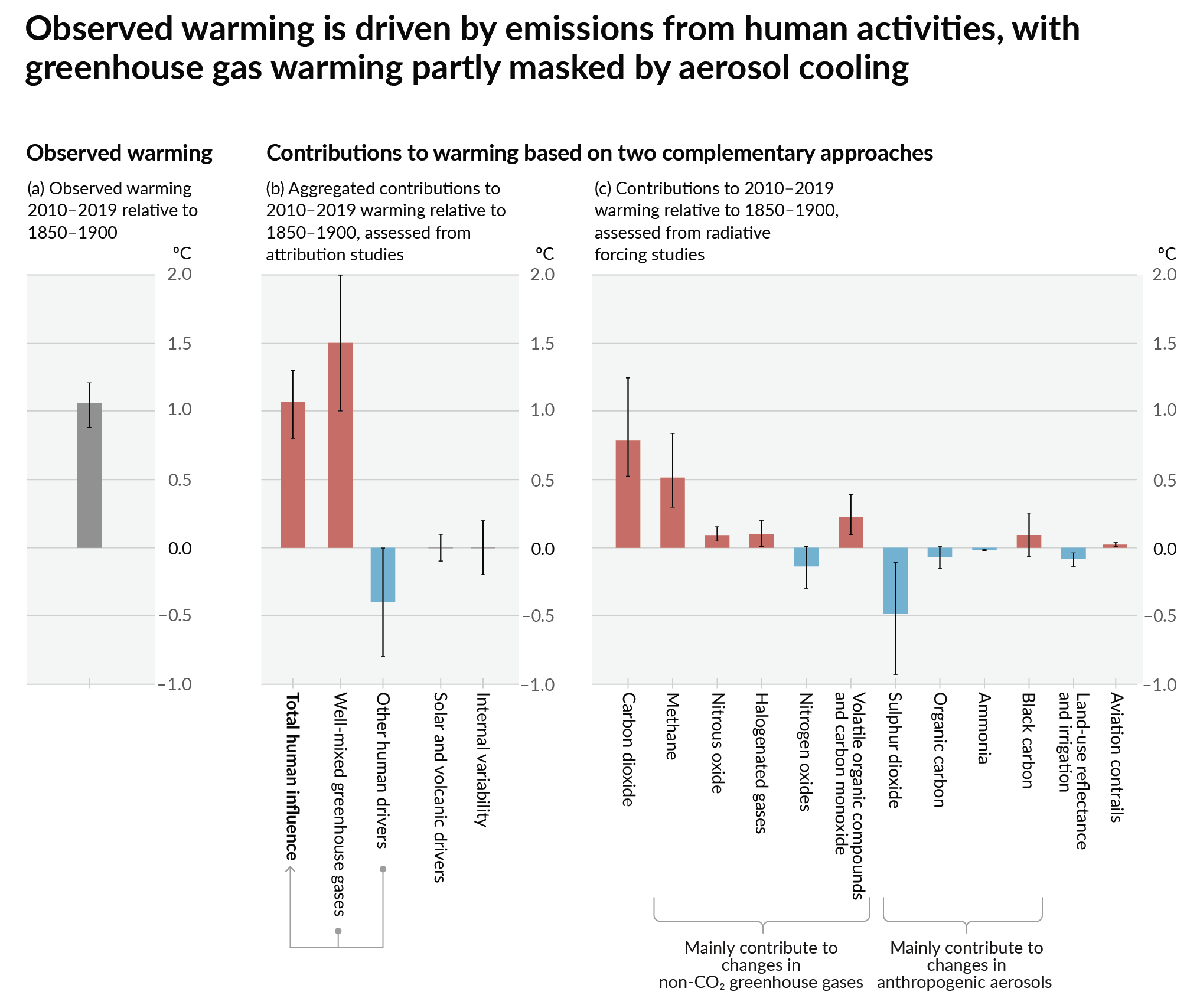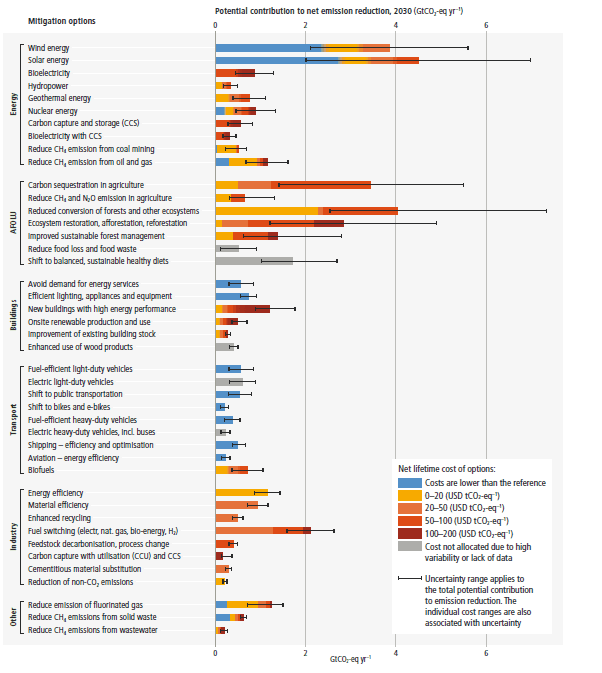this post was submitted on 06 Jul 2025
53 points (81.9% liked)
Climate - truthful information about climate, related activism and politics.
7054 readers
369 users here now
Discussion of climate, how it is changing, activism around that, the politics, and the energy systems change we need in order to stabilize things.
As a starting point, the burning of fossil fuels, and to a lesser extent deforestation and release of methane are responsible for the warming in recent decades:

How much each change to the atmosphere has warmed the world:

Recommended actions to cut greenhouse gas emissions in the near future:

Anti-science, inactivism, and unsupported conspiracy theories are not ok here.
founded 2 years ago
MODERATORS
you are viewing a single comment's thread
view the rest of the comments
view the rest of the comments
With all the advantages renewables have (please use and develop them!), there are some instances where they can't reasonably be used.
For example, I live in a city of 5 million people that gets very little direct sunlight (weather is cloudy most of the time + city is located 60° North), has highly irregular seasonal winds, has rivers too small to make hydro make sense on such a scale, and barely has good hills for pumped hydro. It is almost exclusively powered by nuclear energy, because under these circumstances, there's barely a greener alternative.
There is also the need to have a backup power source for most solar/wind installations, as through some parts of the year they can only provide negligible output.
Finally, some regions might require temporary power - either due to such seasonal downtimes, or because main grid has failed. For that, Russia and China operate vessels with onboard nuclear power plants to source energy through these periods - and then move on to help somewhere else.
This is the first time I've ever read of China or Russia using "vessels with onboard nuclear power plants to source energy through these periods - and then move on to help somewhere else."
I searched and cannot find any source to back this claim, do you have one?
Because the only vessels I know of with onboard nuclear reactors are naval aircraft carriers and submarines, and neither of those ship classes are designed to deliver power to shore.
Sure, here's a Wikipedia article:
https://en.m.wikipedia.org/wiki/Floating_nuclear_power_plant
Here's IAEA:
https://www.iaea.org/newscenter/news/floating-nuclear-power-plants-benefits-and-challenges-discussed-at-iaea-symposium
Aside from that, nuclear power is used in some of the icebreakers since the Soviet era:
https://en.m.wikipedia.org/wiki/Nuclear-powered_icebreaker
Also, I was under the impression China has such ships deployed, while they are actually being built. Russia has an operational one.
Thanks for the links. So there is only one Russian floating nuclear power plant and it has a permanent location in Chukotka. This isn't much like what you described to be honest.
It's a relatively new technology, and such is its proposed use.
The Russian plant is stationed there for the time being, yes, but it could be moved elsewhere, which is the beauty of it. It's just that Chukotka relies on it for now.
I heard they're trying out these new devices that can transport power over long distances. Apparently you just need some big ass towers and long cables. Super cool cutting edge stuff.
(The wind is always blowing somewhere.)
Sure, but transporting power over very long distances comes with two issues: losses and disruptions.
Seasonal winds, when they actually happen, are very strong, commonly breaking the cables and necessitating repairs. The longer the cable - the higher is the chance something will break somewhere, and leaving a city of 5 million without power is a no-go. So, the city uses nearby power source (as close as it is allowed for a nuclear plant to stand next to a huge city) and primarily underground cables.
Also, the energy losses associated with such power transfer will be quite massive even at very high voltages. Which, again, isn't cool when the end consumer needs up to 9 GW of power at any given moment.
It's what we do now. Most cities don't have dedicated power plants right next to them, we have national and even multinational grids. If it works for fossil (and nuclear) plants, it works the same for renewables.
Most cities are substantially smaller and grids there can be made more cheap and reliable without elements getting so much in the way.
I agree we should do more to center grids around renewables even if they're far away; but there are some instances where this just isn't practical, and nuclear technology offers a reasonably eco-friendly (as compared to fossil) way out.
Using nuclear power allows the city not to burn 30 million tonnes of coal every year (i.e. the biggest cargo ship on Earth every 5 days), which I would say is a win, given the circumstances.